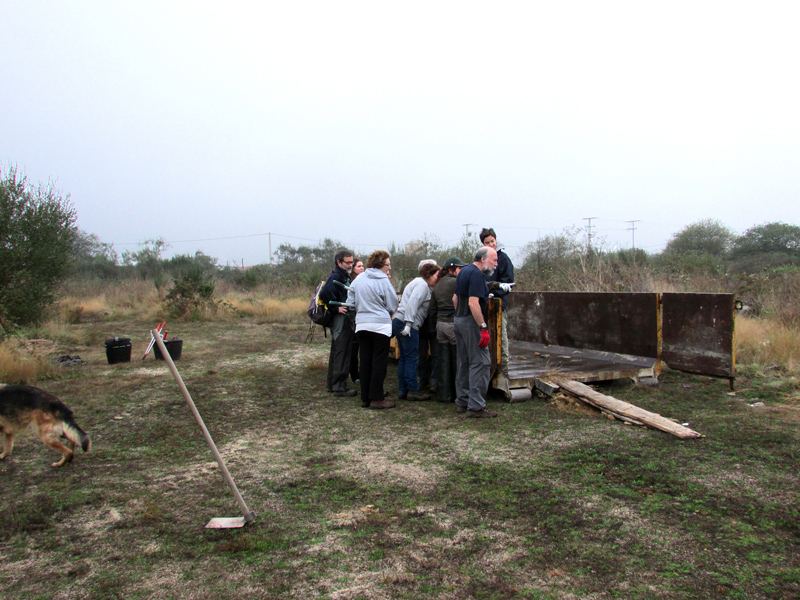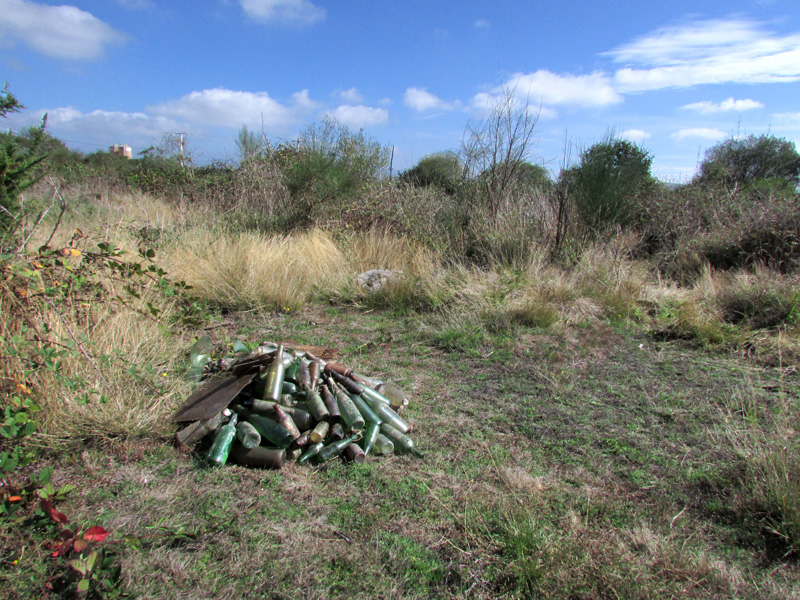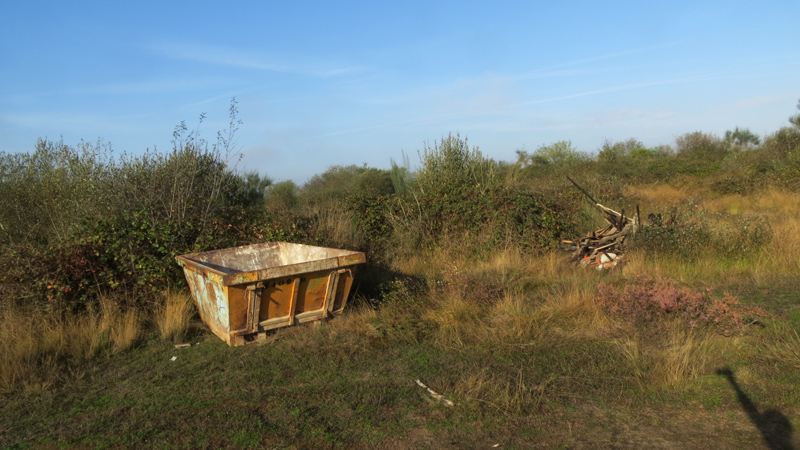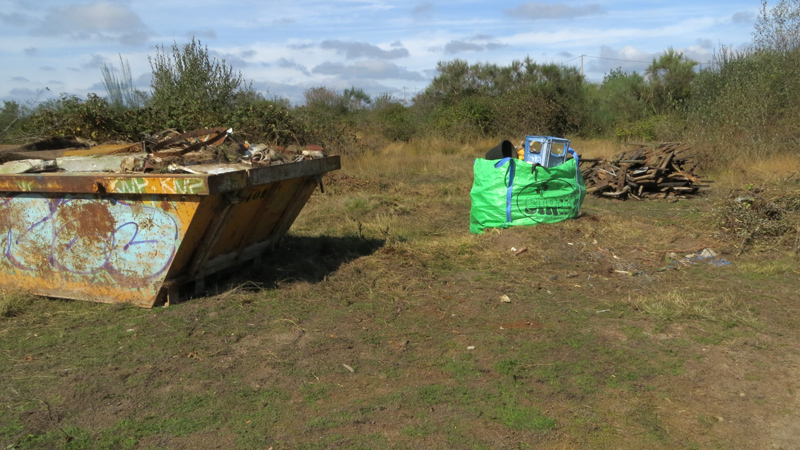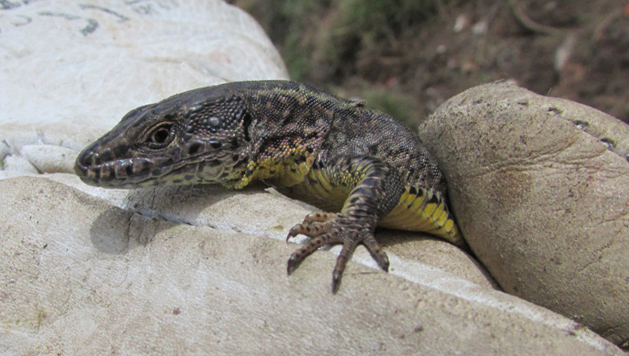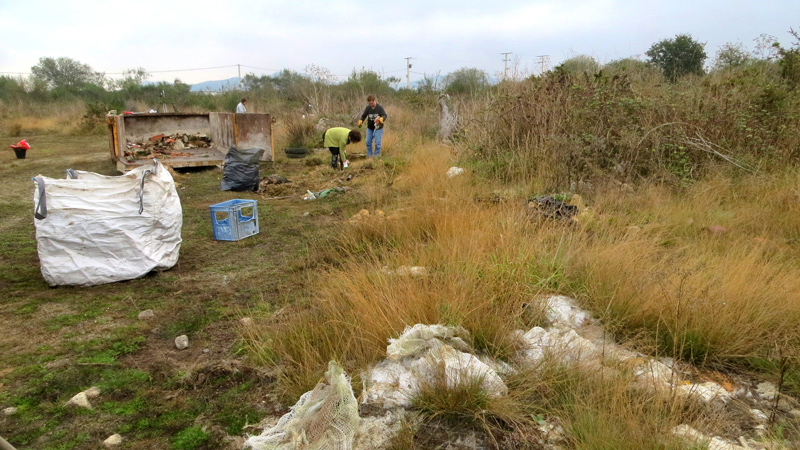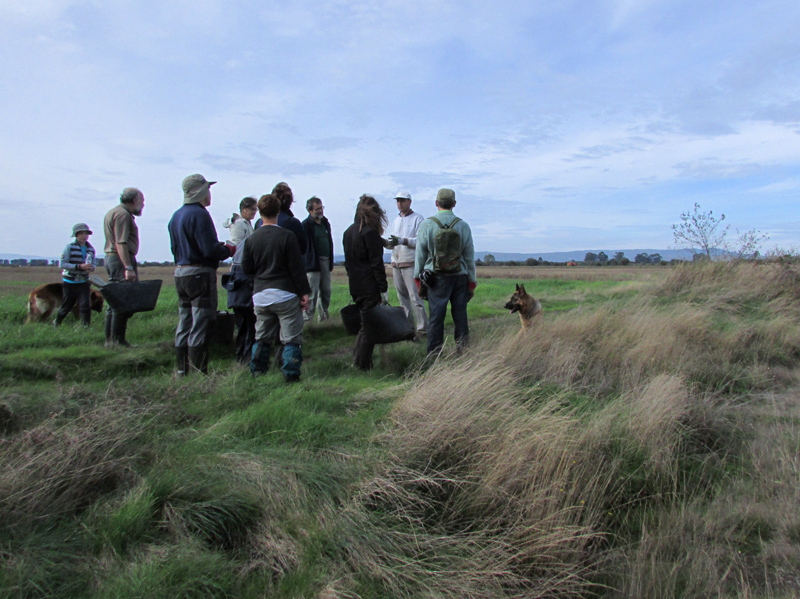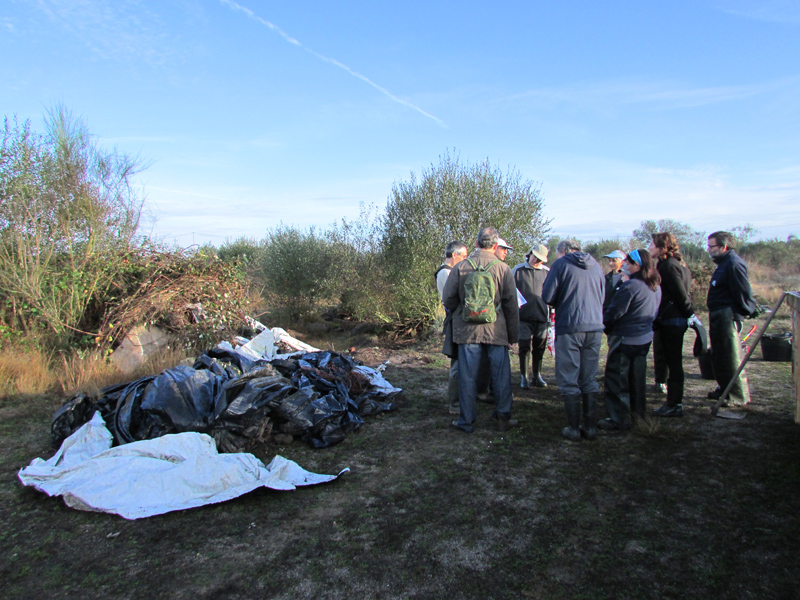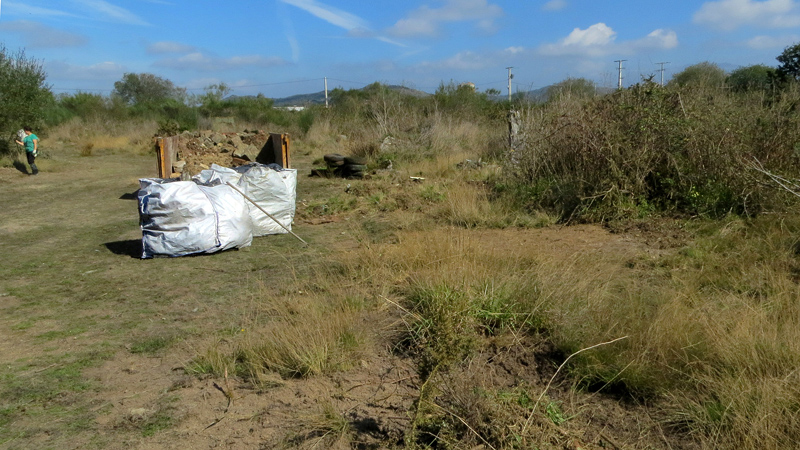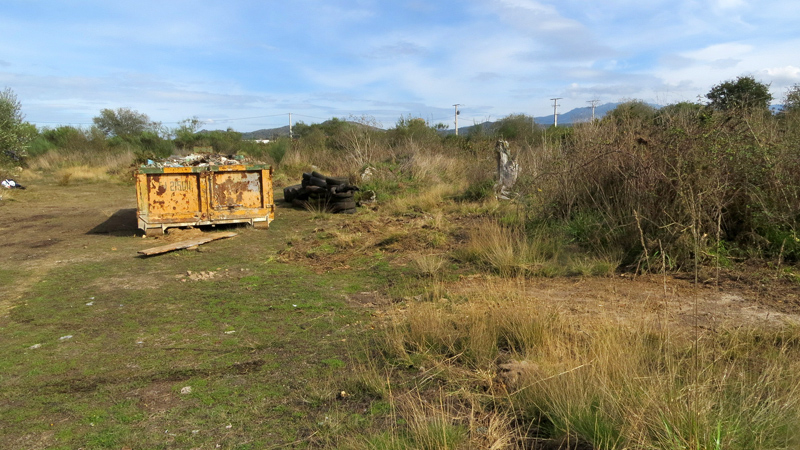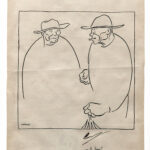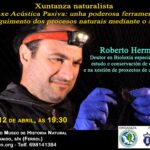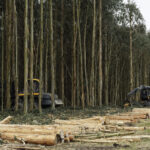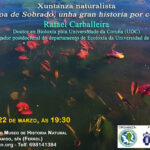First cleaning day in Veiga de Gomareite (4 November 2014)
In 2013, the Antela section of SGHN department Antela celebrated Bird Day in a different way, working in the SGHN patch in Vilaseca to recover northern lapwing’s habitat. Now, in 2014, we keep going with another singular celebration, seeking the recovery of part of Veiga de Gomareite, which is often visited by bird watchers who know that there are some interesting species: northern lapwings, Kentish plovers, common sandpipers, black-winged stilts, little egrets, curlew sandpipers, Eurasian spoonbills…
The day started by showing the participants Veiga de Gomareite’s location in a map where the ancient lagoon of Antela (the place where the veiga belonged) was pointed. This veiga is an interesting place for fauna and flora, and, after several trials, the Antela section of SGHN managed to sign a shared escrow with a local farmer. Unfortunately, this place was used for years as an uncontrolled dump of every type of waste. Gradually, waste reduced the usable surface for farming and biodiversity. To improve this situation, we act in two ways: collecting the current waste and controlling new waste.
Let’s get to work!
Taking this into consideration, volunteers immediately started to work, keeping in mind that waste had to be sorted according to its typology to be managed afterwards: debris, slabs, glass, tyres, plastic, wood, and others.
Empty container and bunch of bottles
Each group focused on one area. The work was tough, because even though the most recent waste was before our eyes, the oldest waste was spread and hidden under the vegetation: sometimes under wild blackberries, and in other cases under some herbs rooted between dust. Consequently, it was necessary to use tools to break the piles.
Thus, the time of withdrawal arrived, and the work done was accounted for. We managed to fill out the 4 m3 container with non dangerous industrial waste, such as slabs, mixed debris, plastic, cables, blinds, mattresses, carpets, among others. Furthermore, 3 m3 of plastic were collected into a pair of big bags to be managed afterwards, and 4 m3 of mixed debris (stones, land, work remains) was collected in a 10 m3 container which ended up being nearly half full. To sum up, it was a great work. Satisfied at having recovered a remarkable amount of square meters of the land, we had lunch at Europa restaurant in Xinzo, where, as always, we ate plentifully and we were very well served.
Industrial waste container before… and after
Not all of it was cleaning
As waste pile breakage the waste progressed, we found several surprises. Some cobras, boscá’s newts, and lizards allowed for a few welcome stops for the species to be identified and photographed.
Second cleaning day in Veiga de Gomareite (11 October 2014)
After evaluating the results of the first cleaning day in Veiga de Gomareite, we decided to arrange a second one to benefit from the half-full container. The main objective of the work was to remove some big plastic pieces produced by the silo workers and some diverse waste which filled the entrance to the parcel. In addition, we tried to remove part of the huge mass of glass bottles that had accumulated to recycle them. All of this happened in the morning, and we tried to take some time to go for a walk which would help the participants (as enthusiastic as the first day) to get to know the plot of land, while collecting disperse waste. They also realized that the waste is concentrated in ready-access areas from the immediate runways.
We worked fast and we achieved all the objectives we had set ourselves. Thus, in those two days, we managed to remove by hand 14 m3 of debris, plastic, bags, crockery, shutters, car headlights, carpets, mattresses, clothing and shoes, electric cable, bricks, stones, potato nets, and bags of clay from some laboratory. Furthermore, we collected nearly 2 m2 of glass and we put together the spread tyres to be managed afterwards, and a huge pile of wood produced by demolition.
Half-full 10 m3 container…which was up to the brim by the end of the second day
Third cleaning day in Veiga de Gomareite (3 October 2015)
Once again, we celebrated the Bird Day in a different manner: recovering interesting habitats for ornithology in Veiga de Gomareite. Over the two days of cleaning in 2014, 16 m3 of diverse waste were removed. This time, we had set ourselves the goal of removing 40 tyres, 2 m3 of wood, 0.5 m3 of glass, and, most importantly, another 10 m3 of debris, plastic, and other type of waste which were concentrated in the veiga (fertile plain in Galician). In addition, we wanted to manage a few patches of vegetation in order to facilitate the entry, to remove those materials, and to recover the landscape characteristic of the veigas.
It must be noted that, during the week, a group of volunteers had already removed almost 40 tyres and most part of the wood accumulated in 2014, and had cut the willows which disturbed the extraction of accumulated waste for the most part. All of this was possible thanks to the contribution of Neumáticos Bertólez, a tyres business which provided us with free delivery of the waste to be managed in one of their centres. Braña SCL, another local company, also provided human and material resources to remove and transport the tyres and the wood, and to cut the willows.
Organizing work
The objectives were clear and once the tasks had been distributed, the participants started the day with huge enthusiasm, clearing the work locations, and starting to collect the materials mainly in three areas:
- Area 1: first accumulation of diverse waste near the entrance
- Area 2: second accumulation, including a very large amount of wires and debris
- Area 3: tyre-burning area
In addition, we managed the bush vegetation to regenerate the species which are characteristic of the veiga.
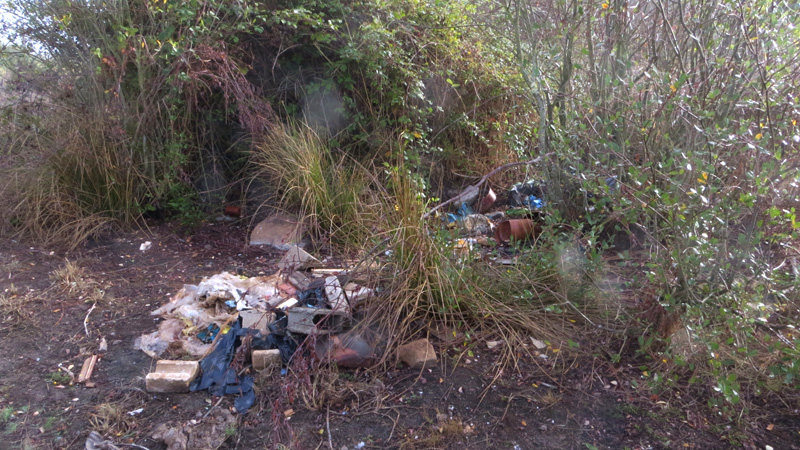
Zona 1, antes 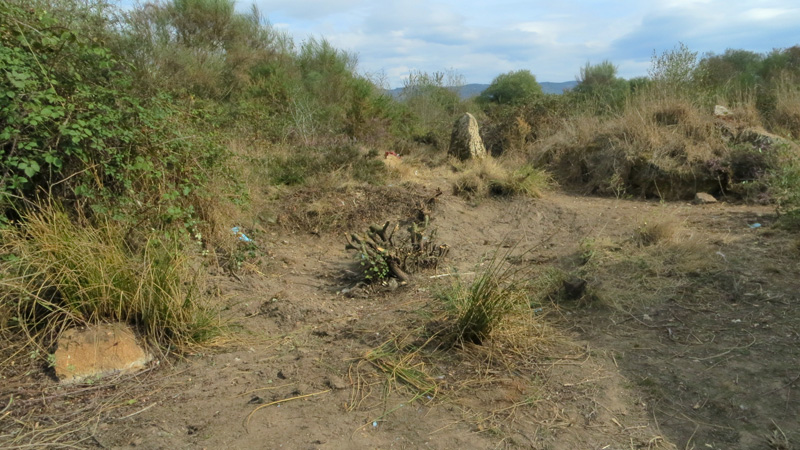
Zona 1, despois 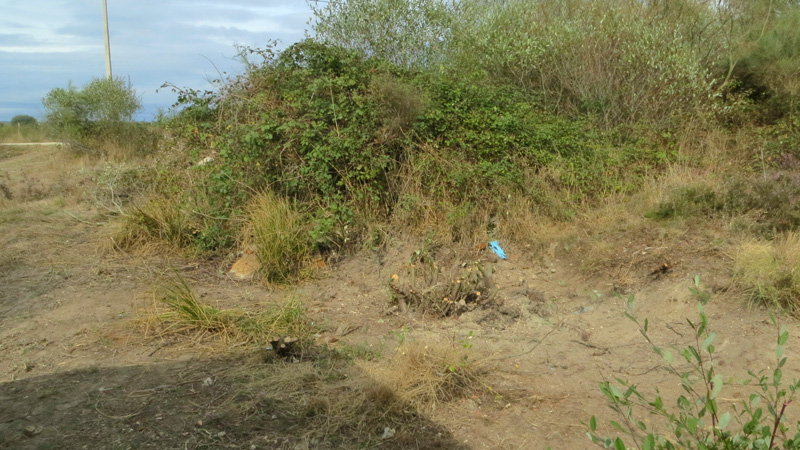
Zona 1, despois
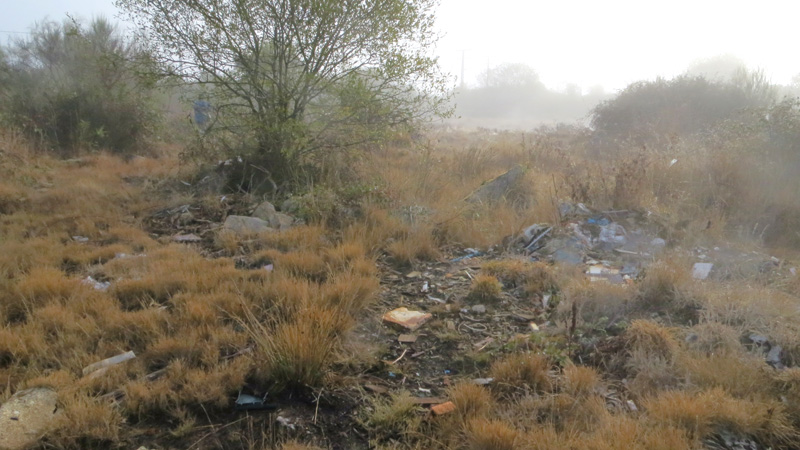
Zona 2, antes 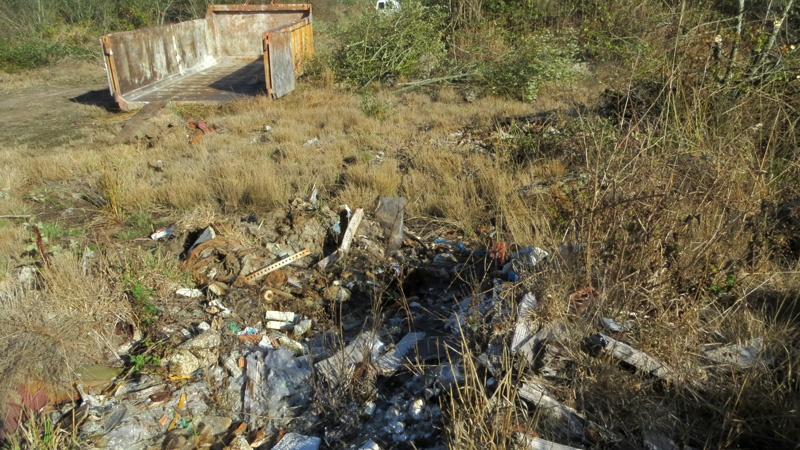
Zona 2, antes 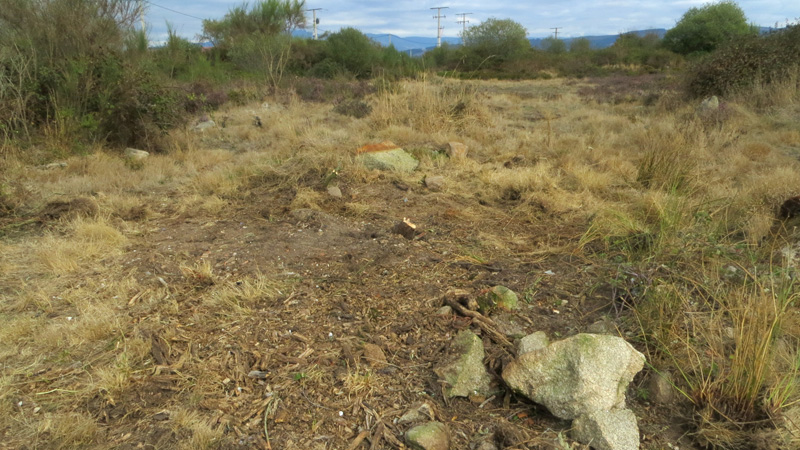
Area 1 and 2, before and after
A good mood is a must have!
With great patience and effort, the volunteers’ work advanced during the morning, as we can see in the photos. In addition, there was general good mood against every finding:
- ‘I’m starting with the crockery: 2 plates, a small plate, a big plate, a fork…’;
- ‘we probably need to get equipped against the rain: one pair of green waterproof boots and another black one’;
- ‘at the bottom there is a mattress to take a rest’;
- ‘in case that somebody needs it, we already have an urinal, or two’;
- ‘a bottle of Sanson wine, a bottle of beer, a bottle of wine..’;
- ‘this was a bed’;
- ‘white, green, black, blue… plastic’;
- ‘we already have a new carpet to put in the living room’.
It should be noted that, contrary to what happened last year, we found little hidden fauna among the waste: a shrew (Crocidura sp.) and a western three-toed skink (Chalcides striatus), which we link to the driest part of the year and to the search of more humid and deeper shelters. However, flies were in high numbers, which joined us for lunch, unluckily. After eating, there was a great chat among friends, in which we made plans and proposals for the following activities.
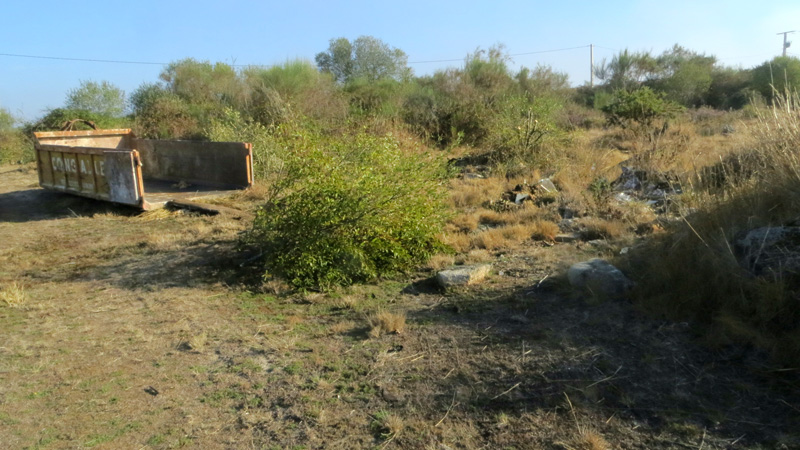
Contedor 10 m3 baleiro 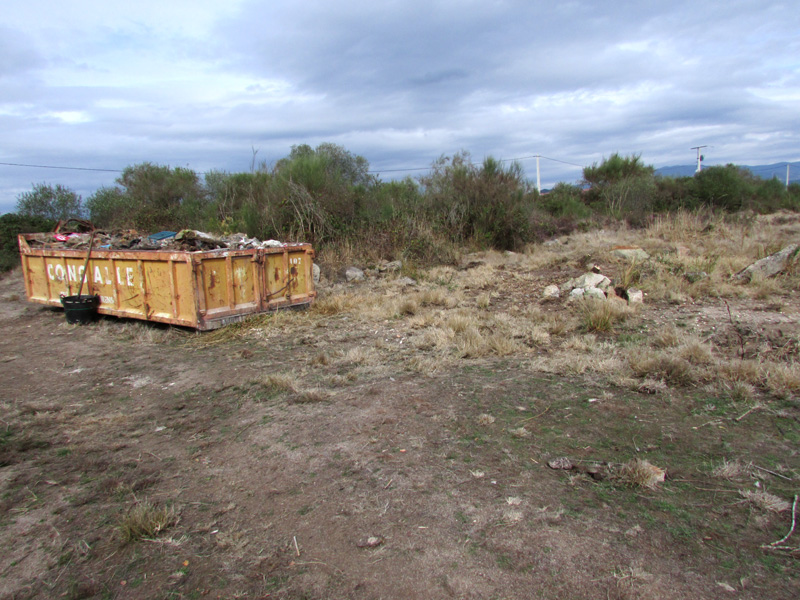
Contedor 10 m3 cheo
Empty 10 m3 container… and full
These first cleaning days in Veiga de Gomareite, funded by the Antela section of SGHN, continued until nowadays with other cleaning days for which we had some external funding:
- Co-funded projects with the EU – EAFRD (European Agricultural Fund for Rural Development) of the Galician Rural Development Programme 2014 – 20.
- Project Libera Natureza sen basura, funded by SEO/BirdLifer-ECOEMBES.
- From volunteering days SGHN-Xarxa de Custòdia del Territori.
We encourage you to help!
Do you want to be a BEÓN-FACTOR and contribute to the growth of this small wetland? You can take part by donating using account number: ES63 2080 0200 4830 4012 7702 (BIC/SWIFT Code: CAGLESMMXXX) or through our Paypal account: sghn@sghn.org (in this case specify: “Sección Antela”).
- Beón: (noun, botany). The most emblematic plant not just of the Antela lagoon or lake Bión/Beón, but also of the whole humid complex Limia-Antela.
- Benefactor: (noun). Person who does good.
- Beón-factor: (noun, neologism). Person who does good to the water ecosystems in Limia-Antela.
Text translated by María Estévez Rodríguez (student of the Degree of Translation and Interpretation of the University of Vigo)
